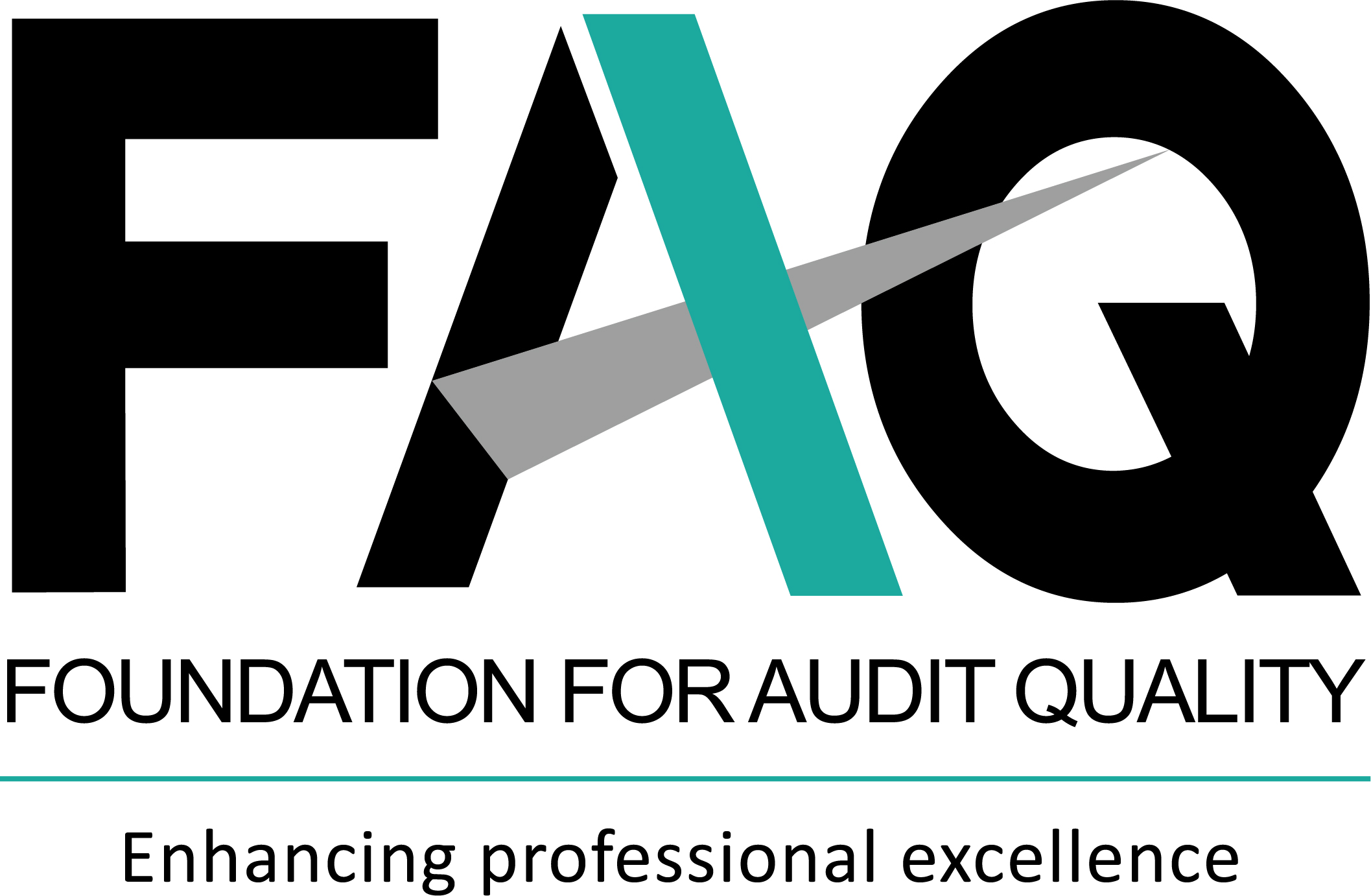Regulatory updates
Updates from MCA
Rule 6 of the Companies (Appointment and Qualifications of Directors) Rules, 2014 (Directors Rules) specifies the compliance requirements for a person who is eligible and willing to be appointed as an independent director of a company. As per Rule 6 of the Directors Rules, every individual who intends to get appointed as an independent director should apply to the Indian Institute of Corporate Affairs at Manesar (IICA) for inclusion of his/her name in the data bank of independent directors for a period of one year, five years, or for life-time, and renew such application in a prescribed manner.
Additionally, sub-rule 4 of Rule 6 of the Directors Rules requires certain individuals whose name is included in the data bank of the independent directors to pass an online proficiency selfassessment test conducted by IICA within a prescribed period, failing which, his/her name would be removed from the databank of independent directors.
The Ministry of Corporate Affairs (MCA), vide a notification dated 10 June 2022 issued the Companies (Appointment and Qualifications of Directors) Second Amendment Rules, 2022. The amended rules have inserted a new sub-rule 5 in Rule 6 of the Directors Rules. As per sub-rule 5, any individual whose name has been removed from the data bank of the independent directors under sub-rule 4, may apply for restoration of his/her name on payment of the prescribed fees, subject to the following conditions:
- The name would be shown in a separate restored category for a period of one year from the date of restoration within which, the person must pass the online proficiency self-assessment test and thereafter his/her name would be included in the data bank of the independent directors, and
- If the person fails to pass the online proficiency self-assessment test within one year from the date of restoration, his/her name would be removed from the data bank, and he/she would be required to apply afresh for inclusion of his/her name in the databank of the independent directors.
The amendment is effective from the date of its publication in the Official Gazette (i.e., 10 June 2022).
To access the text of the notification, please click here
Under the Companies Act, 2013, there are two ways of removing the name of a company from the register of companies. They are as follows:
- Removal on suo moto basis: Where companies do not comply with certain provisions11, the Registrar of Companies (ROC) may, on a suo moto basis remove the names of such companies from the register of companies. For this purpose, the ROC will give a notice in writing in form STK-1
- Application for removal of name: After extinguishing all its liabilities, a company may, post approval of shareholders by a special resolution, file an application in Form STK-2 in a prescribed manner on certain grounds11 for removing the name of the company from the register of companies.
Where a notice has been issued by the ROC or an application has been received from a company for removal of the name of the company, a public notice will be placed on the official website of MCA or in the official gazette in form STK-5, and in an English language newspaper and at least one vernacular language newspaper in form STK-5A
The MCA, vide a notification dated 9 June 2022, issued the Companies (Removal of Names of Companies from the Register of Companies) Amendment Rules, 2022 (Removal of Name Amendment Rules). The amended rules permit companies to resubmit form STK-2 in certain cases and amend certain forms. These provisions are discussed below:
-
Resubmission of form STK-2: If the ROC on examination of the application made in Form STK-2 finds it necessary to call for further information or finds the application defective or incomplete in any respect, he/she should inform the applicant to remove such defects and re-submit the application within 15 days from the date of such information, and After the company has re-submitted the application, if the ROC finds that it is still defective or incomplete in any respect, he/she would give a further time of 15 days to remove such defects or complete the application, failing which the ROC would treat the application as invalid.
The MCA has also clarified that any re-submission of application in form STK-2 made prior to the commencement of the Removal of Name Amendment Rules, should not be counted for the purposes of reckoning the maximum number of re-submissions of such form. - Amendment of certain forms: Revised formats of Form STK1, STK-5 and STK-5A respectively have been issued by the MCA.
The amendments are applicable from the date of their publication in the Official Gazette (i.e., 9 June 2022).
To access the text of the notification, please click here. click here
-
Names of companies may be removed from the register in the following cases:
- The company has failed to commence its business within one year of its incorporation;
- The company is not carrying on any business or operation for a period of two immediately preceding financial years and has not made any application within such period for obtaining the status of a dormant company under section 455 of the Companies Act, 2013
- The subscribers to the memorandum have not paid the subscription which they had undertaken to pay at the time of incorporation of a company and a declaration to this effect has not been filed within 180 days of its incorporation under sub-section (1) of section 10A of the Companies Act, 2013.
Action points for auditors
An application made by a company in Form STK-2 is required to be certified by a Chartered Accountant/Company Secretary/Cost Accountant in whole time practice, as the case may be. Additionally, Form STK-2 should be accompanied with a statement of accounts comprising assets and liabilities of the company made up to a day, not exceeding 30 days before the date of application and certified by a Chartered Accountant. Since the ROC is empowered to call for any further information contained in or annexed to Form STK-2, Chartered Accountants and other professionals are expected to maintain sufficient documentation with regard to the information contained in and annexed to the application.
Rule 13 of the National Financial Reporting Authority (NFRA) Rules, 2018 (NFRA Rules) states that if a company or any officer of a company or an auditor or any other person contravenes any of the provisions of the NFRA Rules, the company and every officer of the company who is in default, or the auditor or such other person would be punishable as per the provisions of section 45012 of the Companies Act, 2013.
The MCA, vide a notification dated 17 June 2022 has issued the NFRA Amendment Rules, 2022 (NFRA Amendment Rules). The NFRA Amendment Rules have now substituted Rule 13 of the NFRA Rules, stating that anyone who contravenes any of the provisions of these Rules, would be punishable with a fine not exceeding INR5,000, and where the contravention is a continuing one, with a further fine not exceeding INR500 for every day after the first day during which the contravention continues.
The amendments are effective from the date of publication in the Official Gazette (i.e., 17 June 2022).
To access the text of the notification, please click here
- Section 450 of the Companies Act, 2013 states that if a company or any officer of a company or any other person contravenes any of the provisions of this Act or the Rules made thereunder, and for which no penalty or punishment is provided elsewhere in this Act, the company and every officer of the company who is in default or such other personwould be liable to a penalty of INR10,000, and in case of continuing contravention, with a further penalty of INR1,000 for each day after the first during which the contravention continues, subject to a maximum of INR2 lakh in case of a company and INR50,000 in case of an officer who is in default or any other person.
Our Insights
Tools and Enablers
- Standard workpapers
- Technology tools
Resources
- Regulatory updates
-
India updates
Accounting updates
Auditing updates
Regulatory updates
-
International updates
Accounting updates
Auditing updates
Regulatory updates
-
Recap on key updates
-
Publications
India Publications
International Publications
-
Matter for auditors’ attention
-
Discussion/Consultation papers and Publications issued by regulators
India Publication
International Publication
Exposure Drafts/consultation papers
EDs/consultation papers
Matters for Consultation

